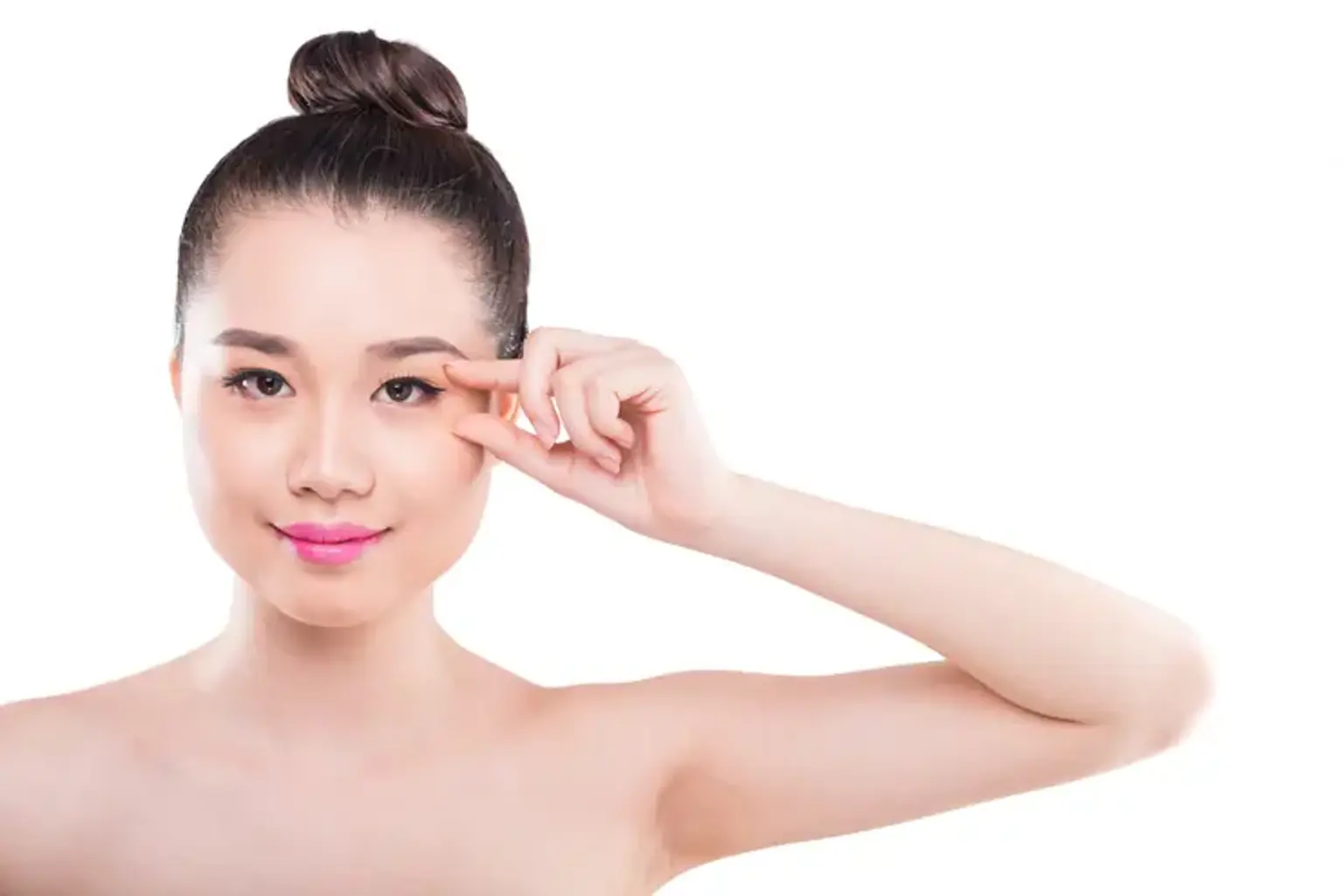Double Fold (Incision)
Overview
Asian upper eyelids often lack the crease or fold observed in Caucasians and other ethnicities. In fact, the upper eyelid fold is absent in 85 % of Asians. However, during the last 20 years or more, most Asian actors and models have begun to appear with double folds. What is causing this? They are either one of the 15% of Asians born with a natural fold, or they are part of the growing group of Asians who choose the double fold eyelid procedure.
This operation has grown so popular that it is the most common cosmetic surgery in Asia and the most popular among Asians in America. Why is this so popular? A well-placed double fold on an Asian eyelid may make the eyes appear more defined, younger, less tired, brighter, larger, and more attractive.
It is vital to notice that the features of the Asian double fold differ from those of caucasian eyelids, thus attention must be used to respect the original theme and anatomy of the Asian eyelids.
